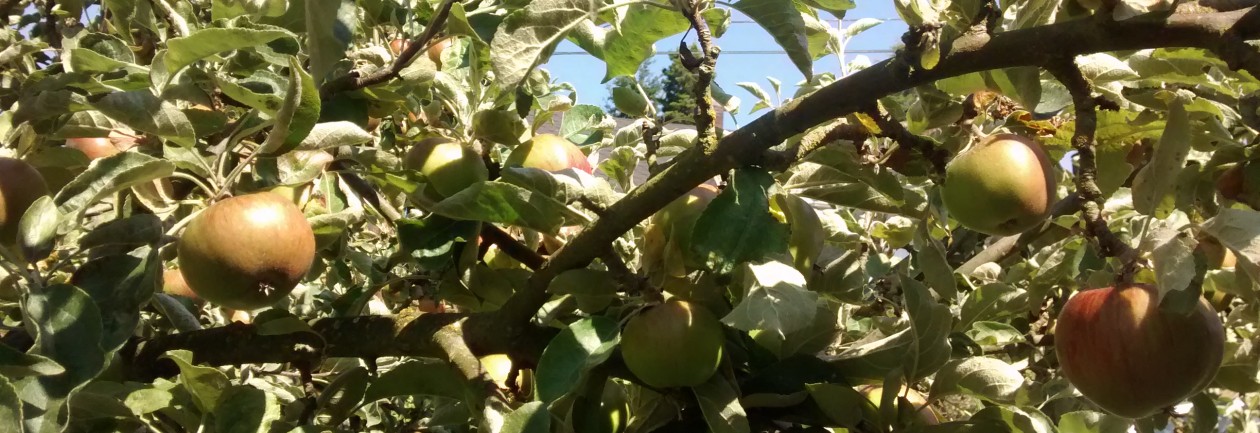In Parshat Mishpatim, Torah refers to the shalosh regalim – the three times during the year that entail a mandatory pilgrimage to Jerusalem. The first of these is the Hag HaMatzot, the Feast of Unleavened Bread, the second is the Feast of the Harvest, and the last is the Feast of Ingathering.
Jewish holidays can often be interpreted as a layering of three distinct components. At the base is an agricultural component which is governed by the relationship between human beings and the Earth. It is rooted, quite literally, in place and time. The land that they describe is holy – “The Holy Land,” if you will – and its very use is an invocation of blessings. The land is acknowledged as belonging to God, and our human use of it is conditional on our treating it according to God’s will for us.
On top of that foundation is layered a historical component. But not just any history – specifically, the history of God’s intervention in the lives of human beings and specifically the Jews through such events as Creation; Tsiat Mitzraim, the going forth from the land of Egypt; and the giving of Torah at Mount Sinai. Through these holidays, we remember these historical events through which God has entered history.
Finally, on top of both of these layers, our holidays are further adorned with spiritual and even mystical significance. Through an exploration of this path, we are invited to experience a renewed emotional connection with the world we live in – with God, with our fellow human beings, and with the more than human world. We experience not just freedom from historical slavery in Egypt, for instance. We deepen our connection by reflecting on the meeting of freedom itself, the many expressions of freedom and slavery in the world, from the personal to the social, and on how to manifest freedom in our lives and in our world for the better.
But I would like to take one last backward look at the agricultural roots of the Feast of Unleavened Bread. According to Nahum Sarna, this holiday marks the beginning of the barley harvest – the very first harvest of the agricultural year. It is omers of barley that we will begin counting immediately as the holiday of Passover comes to an end, ultimately counting 49 days between Passover and Shavuot.
What happens at the beginning of a harvest? It’s time to clear out the old grain that has been festering for a year in the storage bins so as to make room for the new grain which will soon be arriving. Good bye, vermin and insects; hello clean, empty space that is ready to receive fresh blessings. Very practical.
So is that the basis for the household cleaning we are doing right now as we prepare for Hag HaMatzot?
If so, that is a lovely connection between the agricultural and the spiritual aspects of Hag HaMatzot. Both tangibly and metaphorically we prepare ourselves to receive fresh blessings, first by cleaning and emptying our space – whether our physical space, or our spiritual space. We ask: What holdovers from the past am I ready to clear aside to make room for new growth? And how will I receive the blessings which I hope will begin to flow in once the space has been made for them? Those are the questions I will be asking myself this week and during the week of the Feast of Unleavened Bread.
Chag Kasher v’Sameach!
